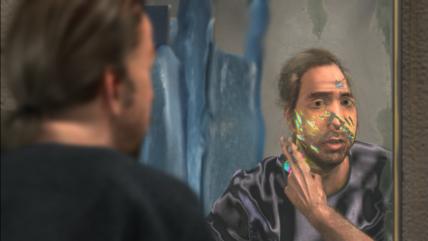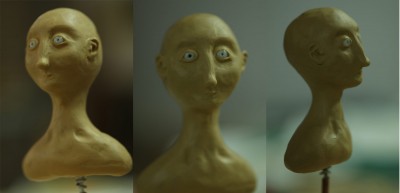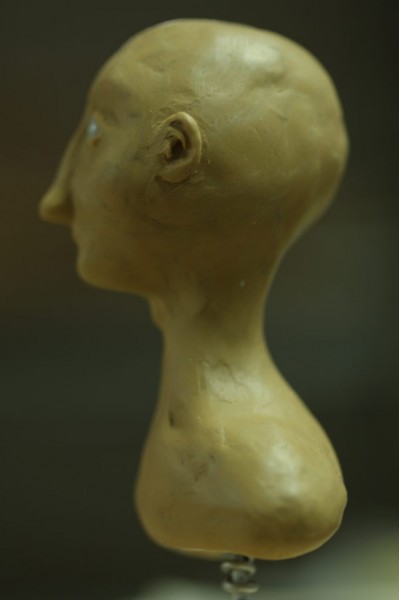Just wanted to share a couple of beautiful things I’ve seen recently.
Also, I’m searching around for a good way to show video on this blog. I’m checking out the paid version of Vimeo, which apparently shows better quality HD… So far I’m not totally convinced that the regular (“basic” free service) quality is better than YouTube. I’ve looked around for wordpress plugins, and nothing’s worked so far. Continuing to experiment…
The advantages to YouTube and Vimeo are of course their social aspect. And it’s nice to have albums and ways to sort videos, and to have them all in one place. Anyone have any preferences / recommendations for ways to embed video in WordPress, while linking to a more social video site? With good quality HD footage? (I feel like that’s asking a lot! But there must be a way…)











